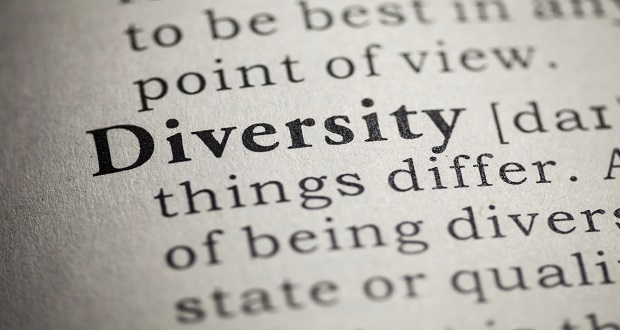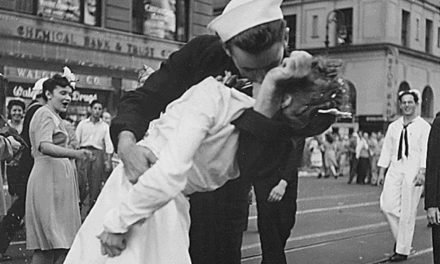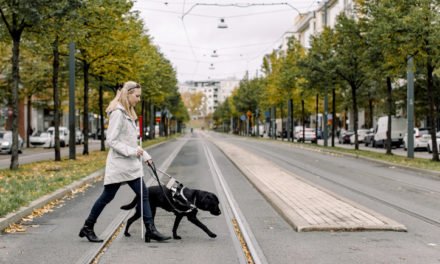
It is always interesting to me to talk with clients and associates who tell me that their organization is still having trouble defining diversity. I think the issue is that diversity can be defined in a number of different ways depending on where the organization wants to put its emphasis. I have seen diversity defined in the following ways:
- Differences among people
- Differences and similarities among people
- Differences in people, processes and functions
- The “mix or “mixture”
Some definitions specify the categories that are included in the definition. For example:
| Race | Ethnicity |
| Gender | Culture |
| Sexual Orientation | Gender Identity |
| Age/Generations | Experience |
| Personality | Physical Abilities |
| Religion | Socio-Economic Status |
| Job Status | |
Increasingly diversity of thought is being added to categories of difference recognized by organizations.
Here are some examples of different definitions of diversity.
[dropshadowbox align=”center” effect=”lifted-both” width=”400px” height=”” background_color=”#ffffff” border_width=”1″ border_color=”#dddddd” ]
Diversity is a value that is shown in mutual respect and appreciation of the similarities and differences (such as age, culture, education, ethnicity, experience, gender, race, religion, sexual orientation, etc.) that make people unique. As individuals, and united as members of teams, we can effectively apply all of our talents, skills and experiences in pursuit of business objectives to our competitive advantage.
[/dropshadowbox]
[dropshadowbox align=”center” effect=”lifted-both” width=”400px” height=”” background_color=”#ffffff” border_width=”1″ border_color=”#dddddd” ]
Diversity is the uniqueness of all individuals which encompasses different personal attributes, values, and organizational roles.
[/dropshadowbox]
[dropshadowbox align=”center” effect=”lifted-both” width=”400px” height=”” background_color=”#ffffff” border_width=”1″ border_color=”#dddddd” ]
Diversity is any collective mixture characterized by similarities and differences. It can refer to people, organizations, systems, etc. As a consequence, diversity can be defined as, or limited to, any dimension such as workforce diversity or functional diversity.
[/dropshadowbox]
[dropshadowbox align=”center” effect=”lifted-both” width=”400px” height=”” background_color=”#ffffff” border_width=”1″ border_color=”#dddddd” ]
Diversity at xxx refers to the visible and non-visible differences that are evident in our workforce and contribute to diversity of thought and perspectives. We believe having diversity of thought positions us to better understand our customers, solve problems, and create more innovative products and solutions.
[/dropshadowbox]
If diversity is viewed primarily as an HR initiative, the definition will probably be limited to people. If the responsibility for diversity reports outside of the HR function, the definition will likely consider other aspects of diversity. The late Dr. Roosevelt Thomas used to say you have to be clear on what type of diversity you are referring to. Is it workforce diversity, is it functional diversity (e.g. tension between marketing and manufacturing)? Diversity can refer to mergers and acquisitions and the need to address the organizational cultural differences that may impact the success of the union. Take for example, Daimler and Chrysler who found that the organizational cultural differences were just too great for the merger to work.
I don’t think we will ever have one universally recognized definition of diversity and that is okay. There is diversity in the definition of diversity!


















